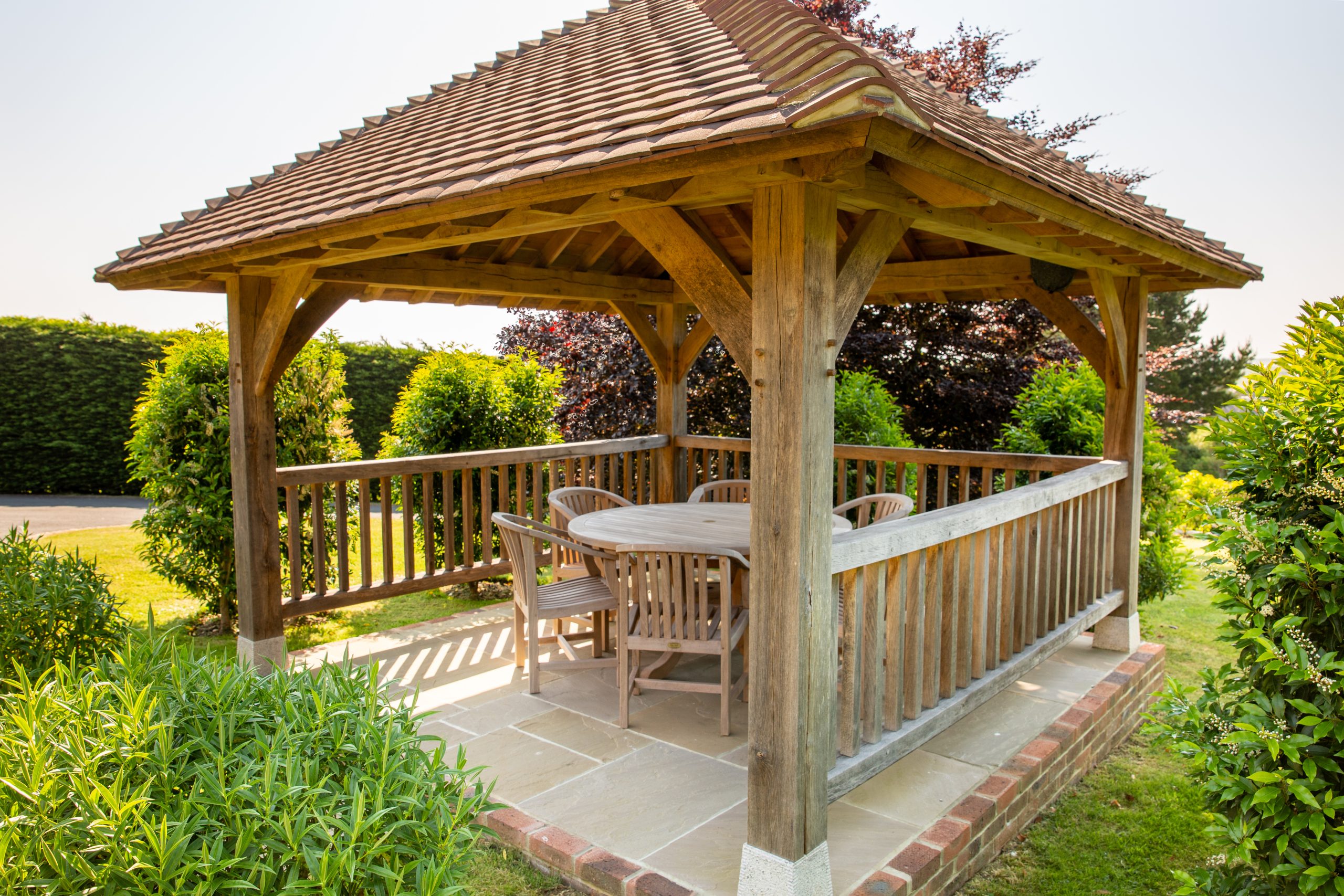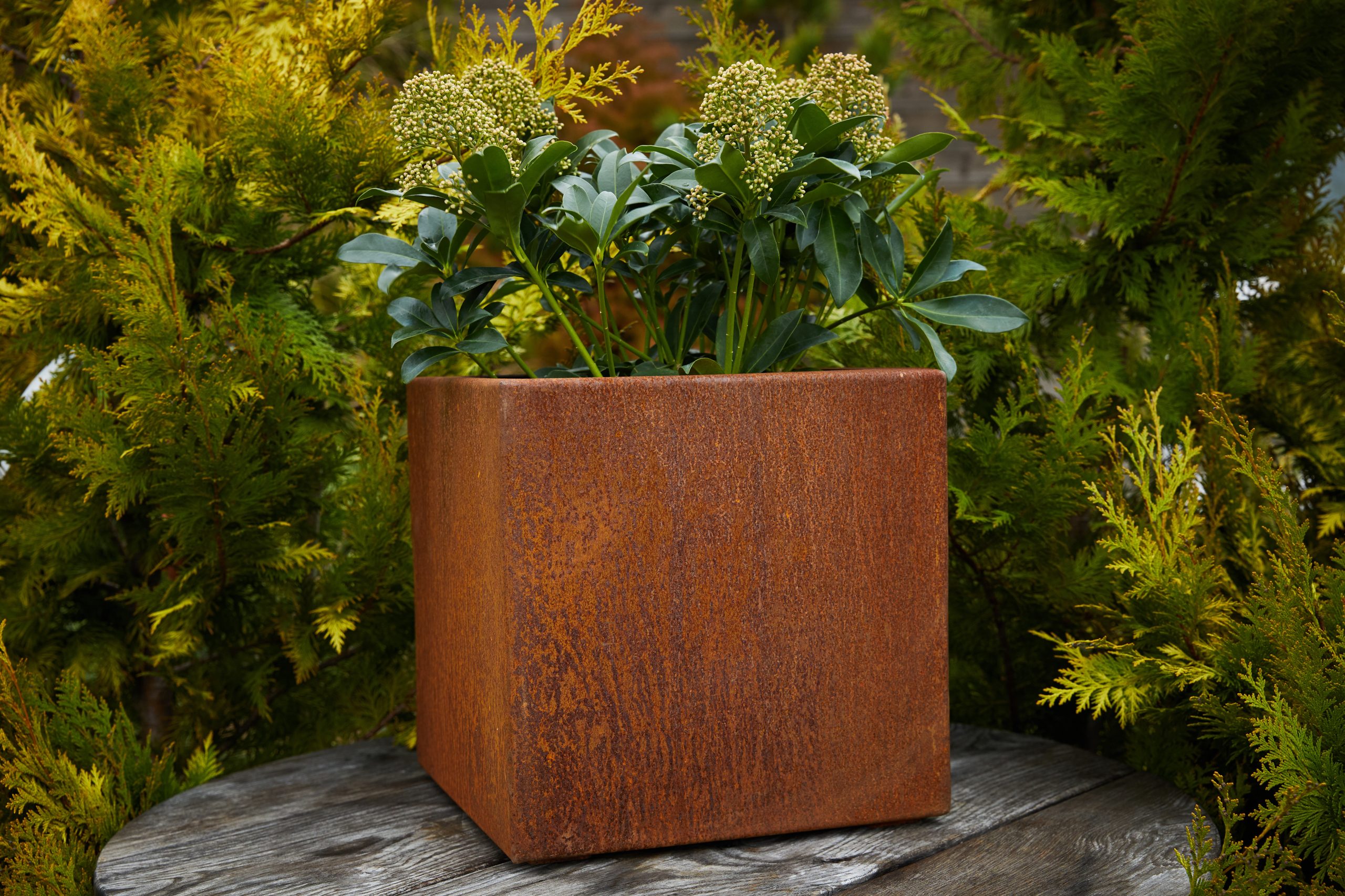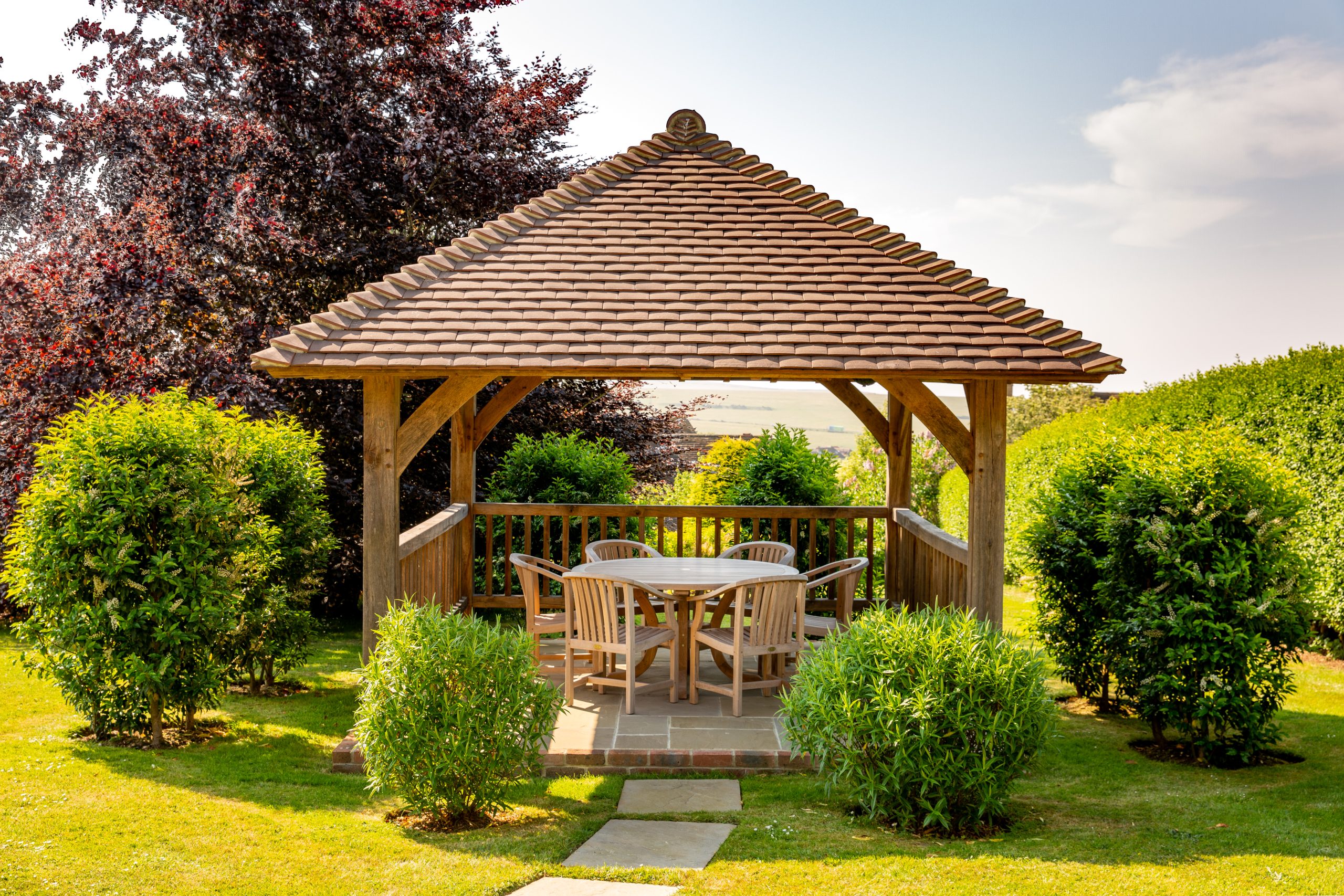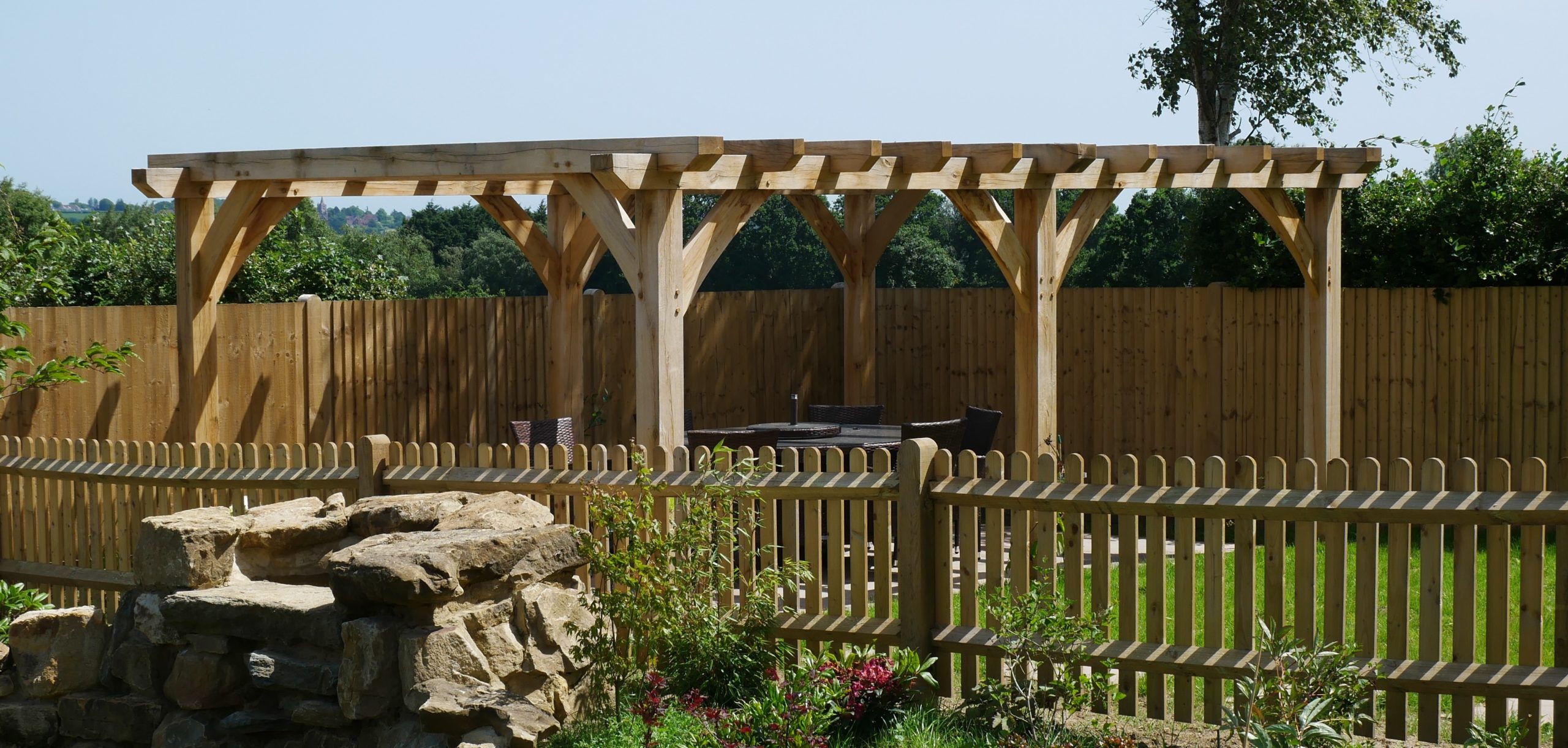Sensory Garden Ideas to Support Mental Well-Being at Home

Unlike traditional gardens, sensory gardens are put together with the purpose of providing a full sensory experience, making them particularly beneficial for mental health and mindfulness. These gardens offer a space where you can reconnect with nature, slow down, and focus on the present moment.
How a Sensory Garden Can Benefit Your Mental Health
The act of gardening itself has long been associated with stress reduction, but sensory gardens take this a step further by intentionally engaging the senses to foster a deeper connection with the natural world. This mindful garden design can help reduce anxiety, improve mood, and strengthen overall mental clarity.
The 5 Key Elements That Make up a Sensory Garden
A sensory garden is made up of carefully selected elements that engage the senses of sight, sound, touch, smell, and taste. These elements work together to create a space that not only looks beautiful but also stimulates a full sensory experience.
1. Sight
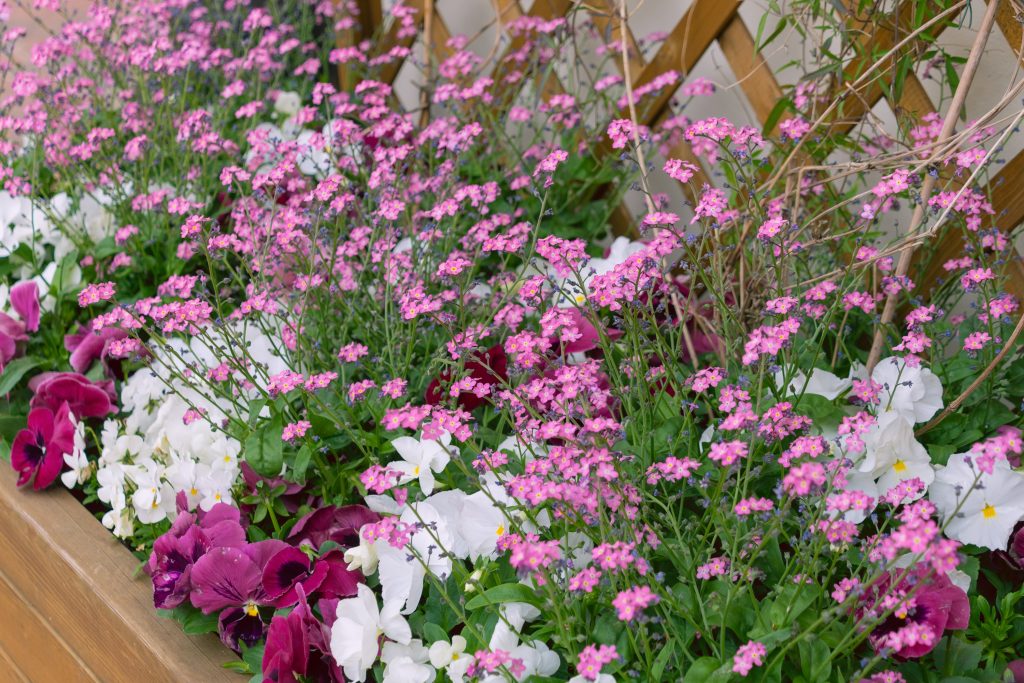
Visual appeal is achieved through a thoughtful mix of colours, shapes, and textures.
Brightly coloured flowers, such as marigolds or sunflowers, provide visual interest and can help uplift your mood. Ornamental grasses, with their gentle movement in the wind, add a dynamic element that draws the eye. Raised beds and hanging baskets can also add layers and depth, making the garden more engaging.
2. Sound

Water features, like fountains or bubbling streams, create soothing background noise that can help mask unwanted sounds, promoting a sense of calm. Wind chimes, placed strategically, add a gentle melody to the air, further enhancing the garden’s relaxing atmosphere.
3. Touch

The tactile experience in a sensory garden is crucial for grounding and mindfulness.
Incorporating a variety of textures – from the smoothness of stones to the roughness of tree bark – invites hands-on interaction. Soft, velvety plants like lamb’s ear or the sturdy, ribbed leaves of certain herbs provide a satisfying contrast under your fingertips.
Even the sensation of walking barefoot on different surfaces, such as grass or flagstone, can be deeply relaxing and engaging.
4. Smell
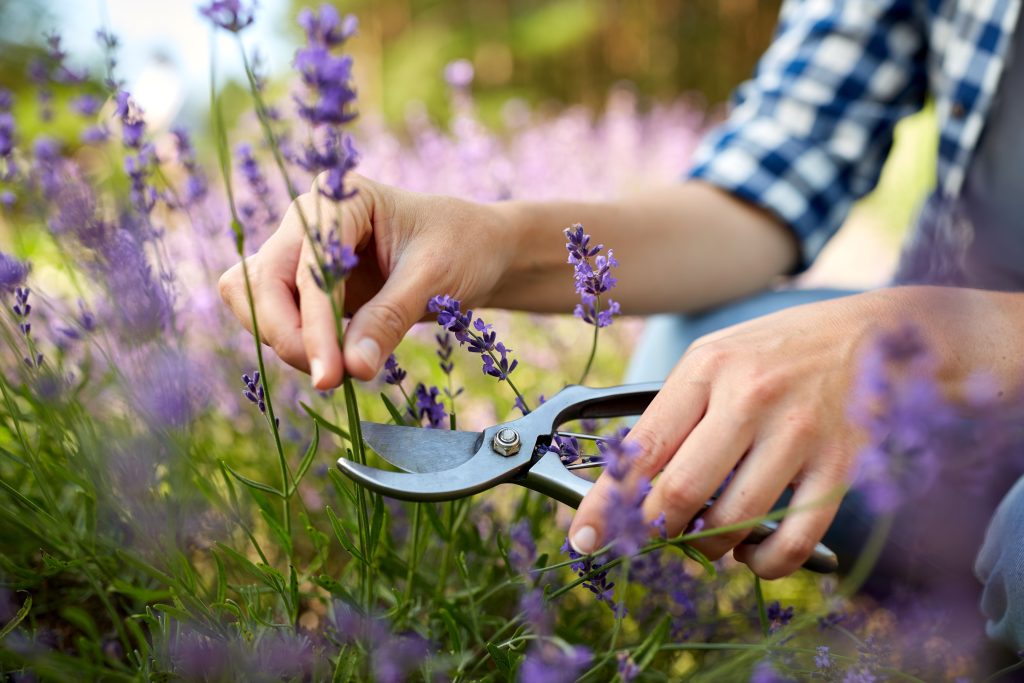
Scent is a powerful trigger for memories and emotions, and a well-designed sensory garden capitalises on this.
Scented plants like lavender, rosemary, and jasmine release their aromas as you brush past them, filling the air with calming and refreshing scents. Remember to position these plants near pathways or seating areas to make the most of their impact.
5. Taste
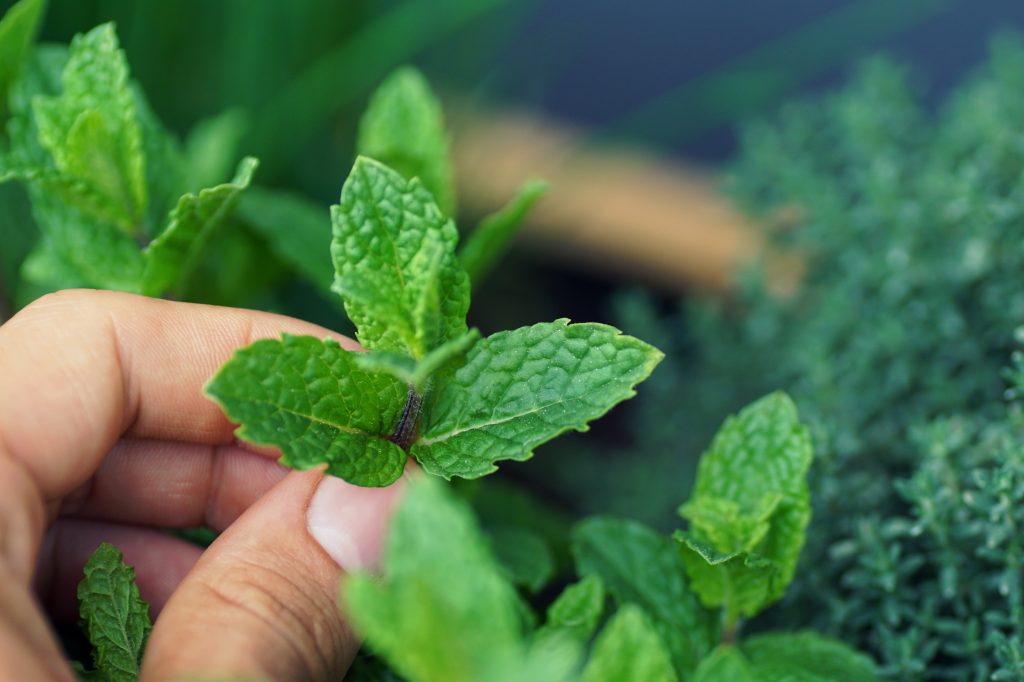
A sensory garden might include a section with herbs like mint or thyme, or even a few berry bushes. These add to the sensory experience and provide fresh, flavourful additions to your meals.
Choosing Plants for a Sensory Garden
Each plant should contribute something unique, whether it's through texture, fragrance, or colour. Here are some top plant suggestions to help you decide:
Texture
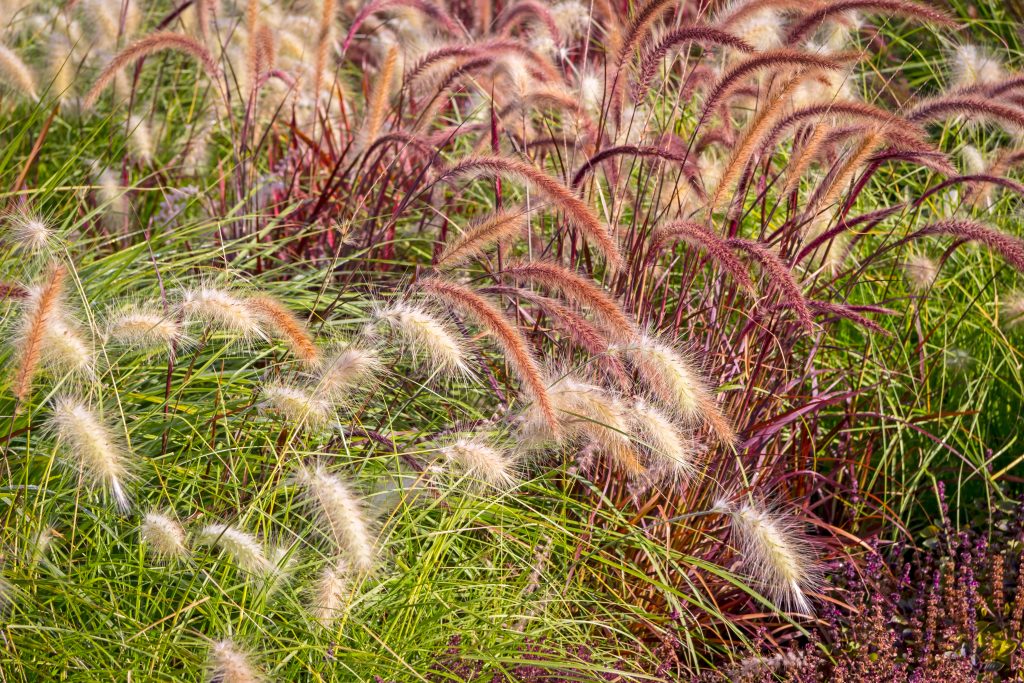
Ornamental grasses, such as Festuca glauca (Blue Fescue) or Stipa tenuissima (Mexican Feather Grass), add a soft, flowing texture. These grasses also sway gently in the wind, adding a dynamic element to the garden.
For a different tactile experience, consider lamb’s ear (Stachys byzantina), known for its soft, velvety leaves that are irresistible to the touch.
Fragrance
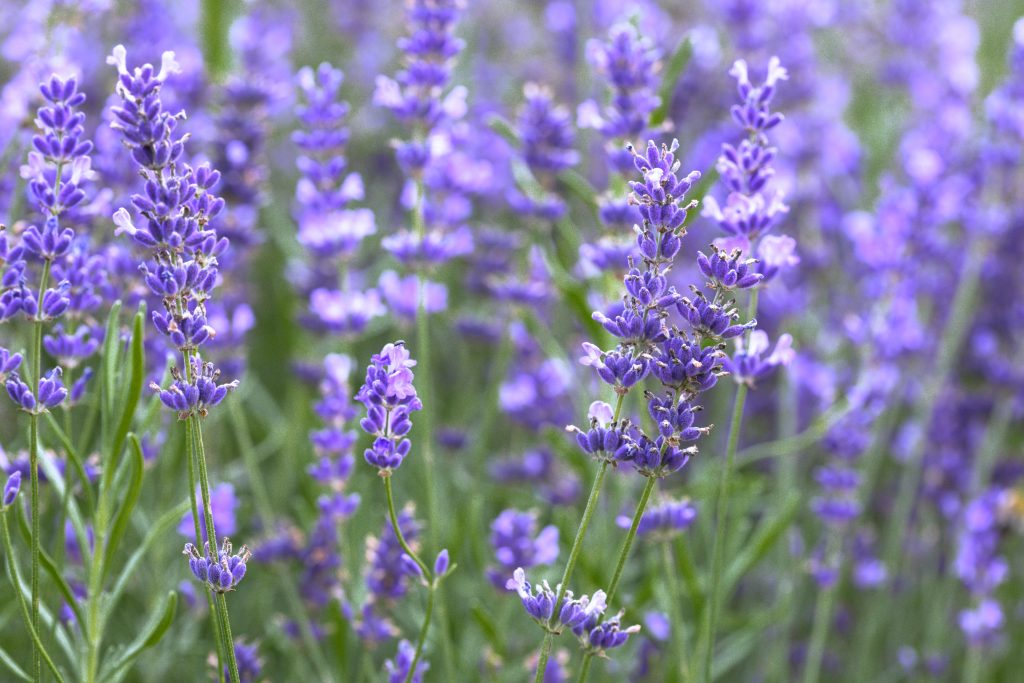
Lavender is a popular choice and can be found in most gardens across the UK, with its soothing fragrance that can help reduce stress. Rosemary and thyme are also excellent options, offering strong, invigorating scents.
The curry plant (Helichrysum italicum) is another standout, with its distinctive aroma reminiscent of curry spices.
Colour
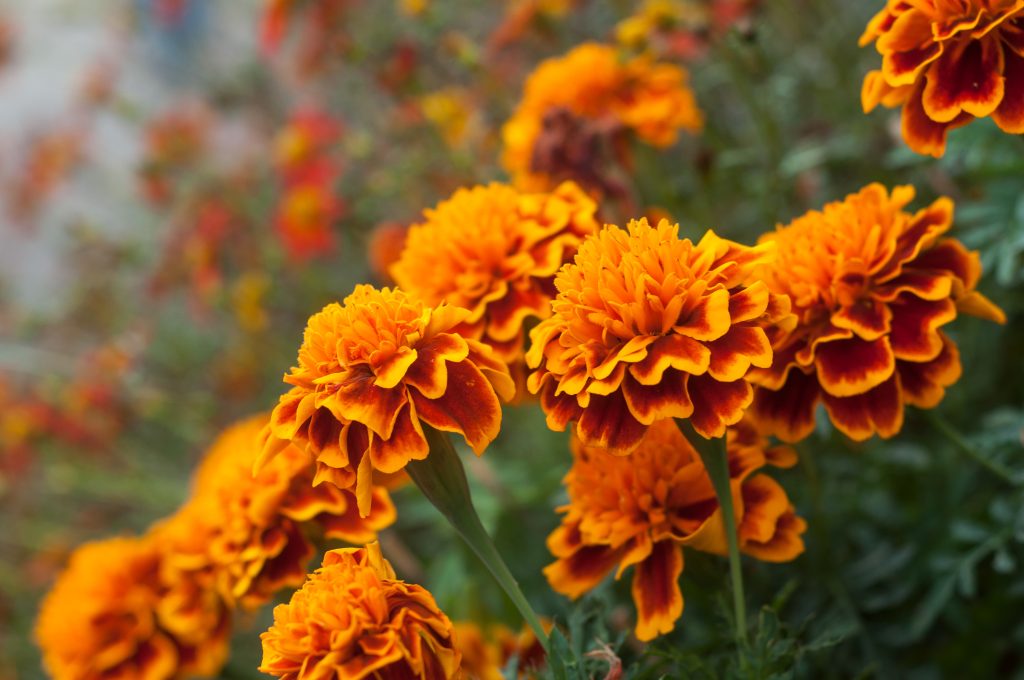
Bright, vibrant colours are visually stimulating and can be used to create focal points in the garden.
Marigolds, with their rich oranges and yellows, are perfect for adding warmth and brightness. Sunflowers are another great choice, offering large, cheerful blooms that draw the eye. Pair these with softer tones, such as the pale blues and purples of lavender, to create a balanced and visually pleasing palette.
Wildlife Attraction
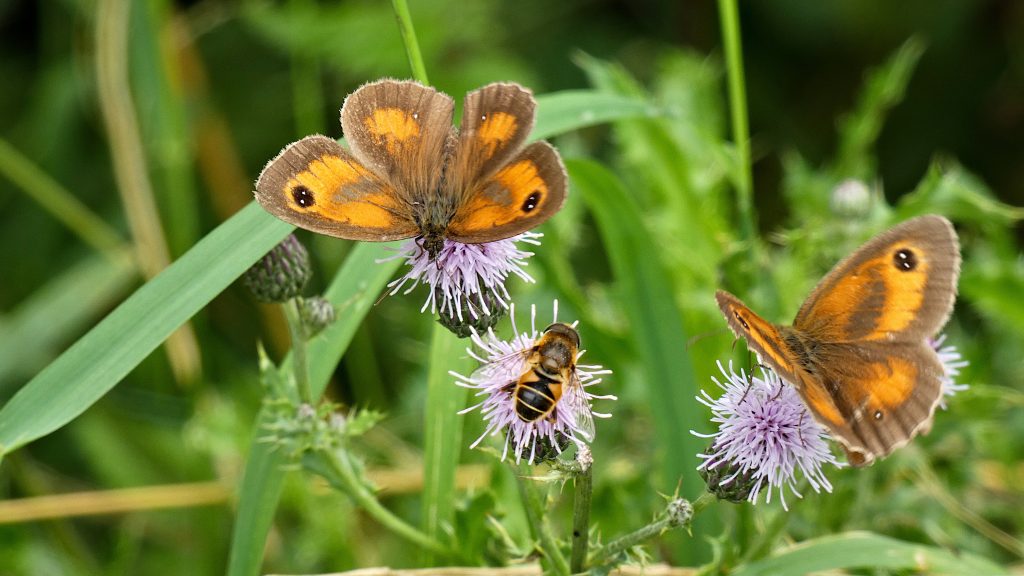
Bees and butterflies are particularly drawn to certain plants, helping to bring the garden to life with their activity. Buddleia, often called the butterfly bush, is a magnet for butterflies, while lavender and rosemary are favourites of bees.
Edible Plants
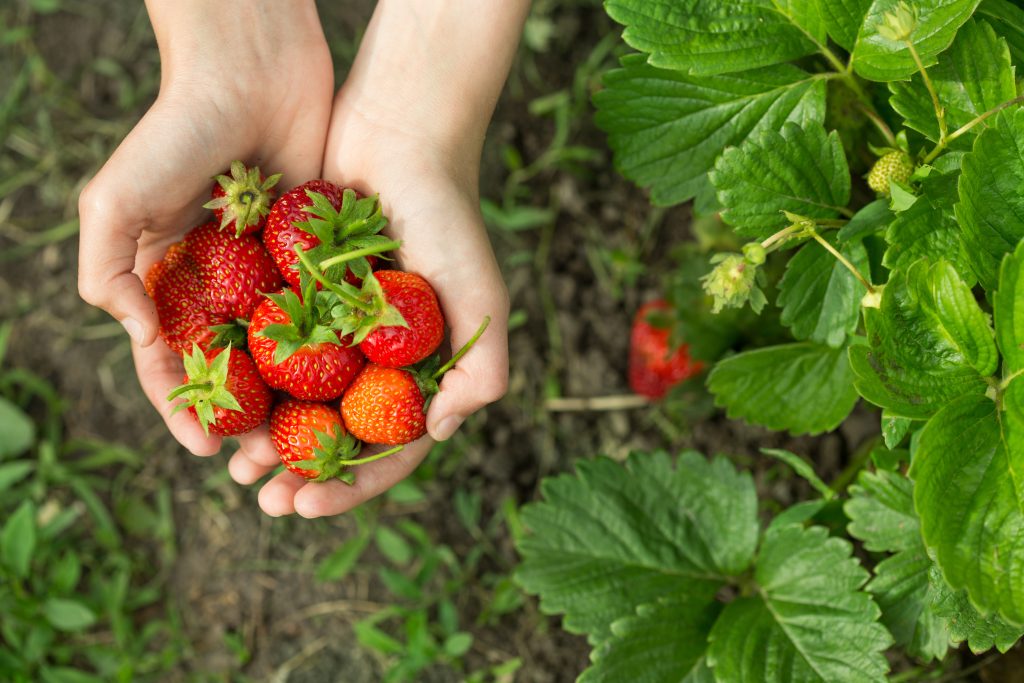
Incorporating edible plants adds a taste dimension to your sensory garden. Consider planting herbs like mint, which not only offers a refreshing scent but also a pleasant flavour when added to drinks or dishes. Strawberries or small berry bushes can also provide a sweet treat during the summer months.
Designing a Garden for Mindfulness
Here are some practical tips on how to create a mindful garden that encourages you to slow down, focus on the present, and engage with your surroundings:
Raised Beds
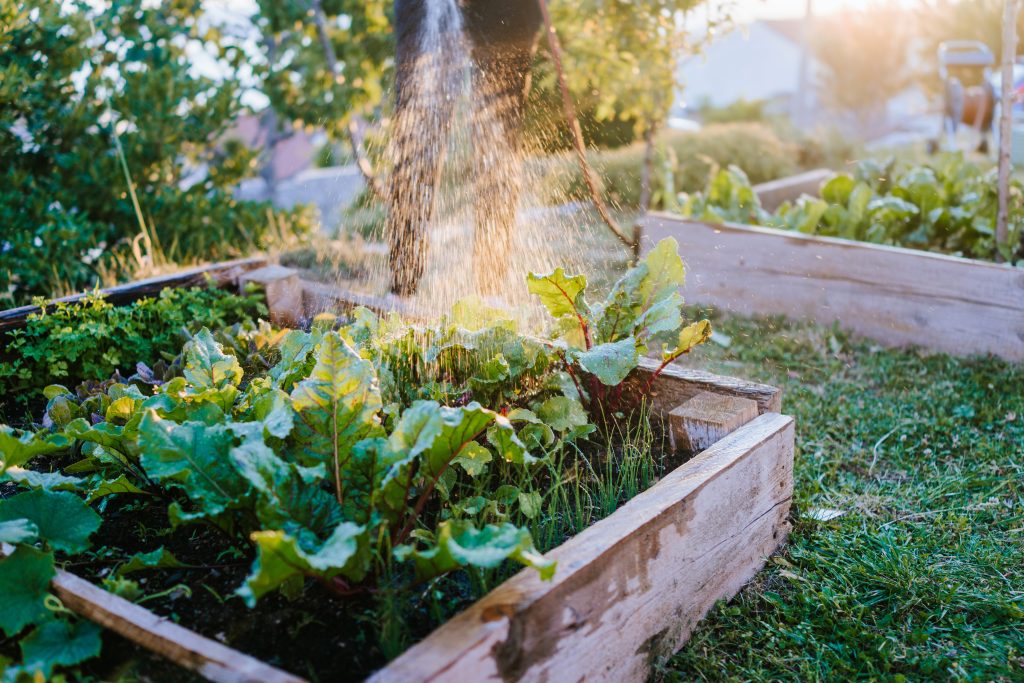
Raised beds bring plants closer to eye level, making it easier to tend to them without straining. This encourages you to spend more time in the garden, nurturing your plants and yourself. Raised beds can also help you focus on specific areas of the garden, allowing for a more intentional gardening experience.
Hanging Baskets

Hanging baskets are perfect for growing scented plants or trailing flowers that gently sway in the breeze, adding to the calming atmosphere. The act of watering and caring for these baskets can become a mindful daily ritual, helping you connect with the garden on a deeper level.
Colour Choice
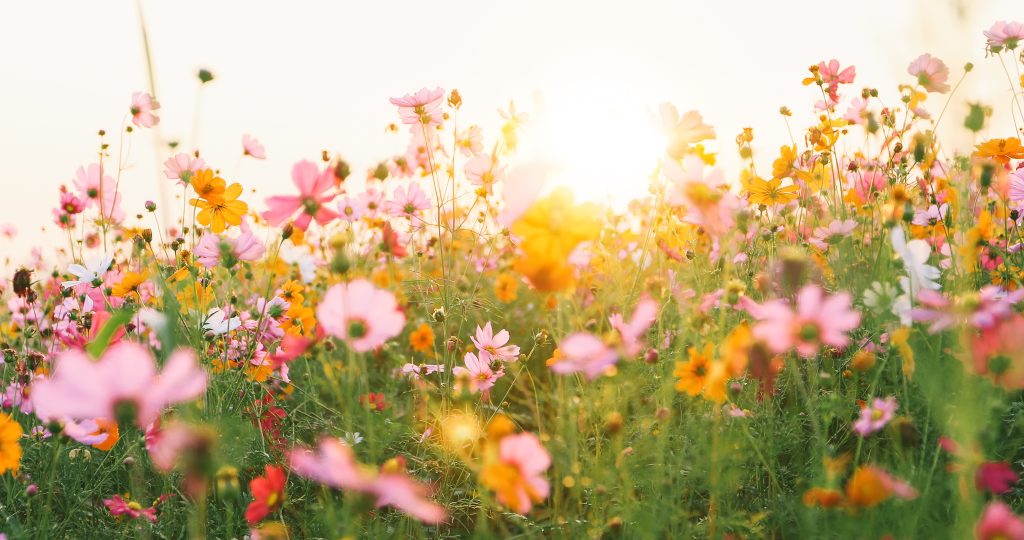
Different coloured flowers can have a significant impact on the sensory experience of a garden, influencing mood, emotions, and even perceptions of space.
- Red: Red flowers like poppies or roses can bring energy and excitement to a garden. This bold colour stimulates the mind and can create a focal point that draws the eye, making an area feel more lively and vibrant.
- Orange: Orange flowers, such as marigolds or calendula, evoke warmth and enthusiasm. This colour is often associated with joy and creativity, making it a great choice for uplifting moods and adding a sense of positivity to the garden.
- Yellow: Yellow flowers, like daffodils or sunflowers, are bright and cheerful, often associated with happiness and optimism. They can make a space feel sunny and inviting, helping to boost spirits and promote a positive outlook.
- Blue: Blue flowers, such as delphiniums or forget-me-nots, bring a sense of calmness to a garden. This colour is soothing to the mind and can help create a peaceful, meditative atmosphere, making it ideal for mindfulness practices.
- Purple: Purple flowers like lavender or violets are often associated with luxury and spirituality. This colour can add a higher sense of class to the garden and is also known to have a calming effect, promoting relaxation and introspection.
- Pink: Pink flowers, such as roses or peonies, convey feelings of love, compassion, and comfort. This gentle colour can create a nurturing environment, making the garden feel more welcoming and soothing.
- White: White flowers, like lilies or daisies, symbolise purity and simplicity. They can add a sense of clarity and peace to the garden.
- Green: While not a flower colour, the presence of green foliage is crucial in balancing the vibrant colours of the flowers. Green is associated with nature, growth, and renewal, helping to ground the observer and create a sense of harmony in the garden.
Cultivate Your Well-Being With a Sensory Garden

By combining these elements, a sensory garden offers a rich, immersive experience that stimulates the senses and provides a space for mindfulness and relaxation.
If you’re considering ways to improve your outdoor space and your mental health, creating a sensory garden is an excellent choice. It’s a mindful, rewarding activity that brings lasting benefits, making your garden a personal retreat that nurtures both the environment and your inner peace.

